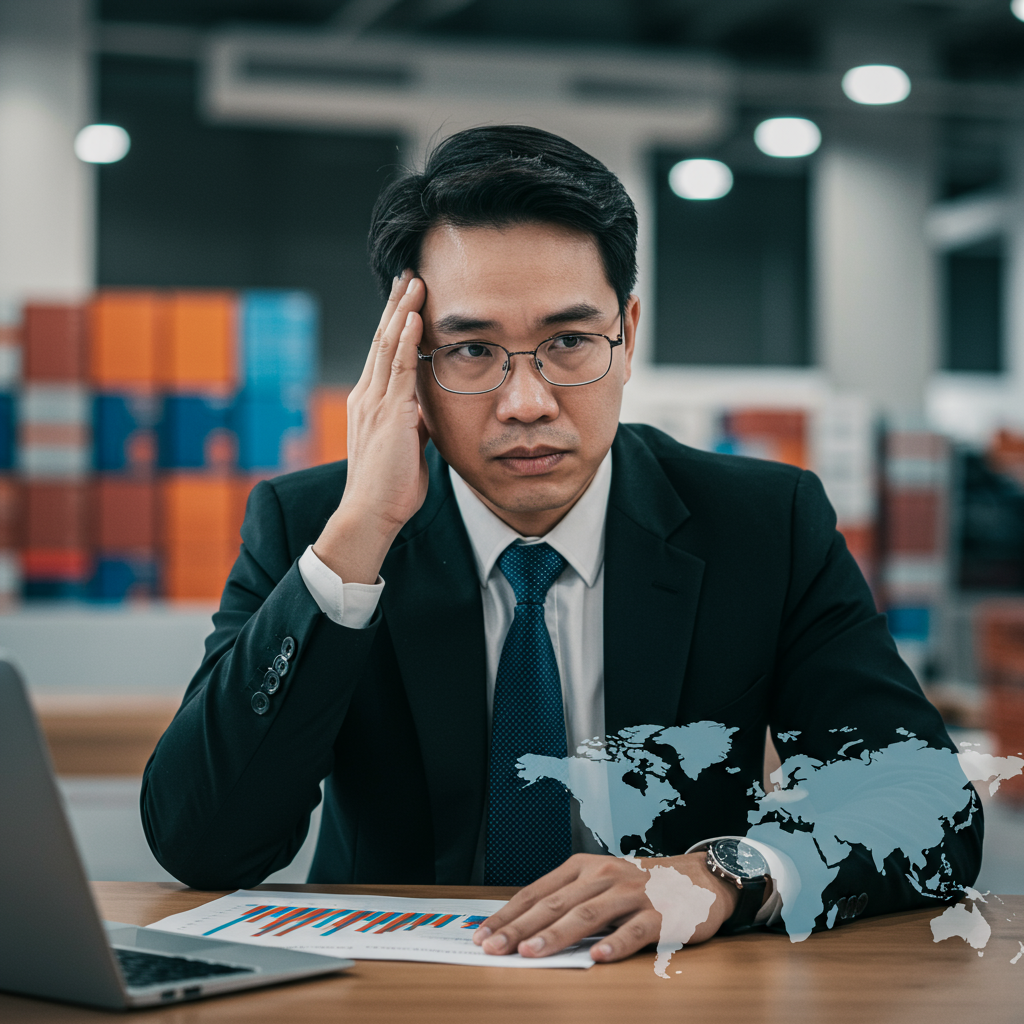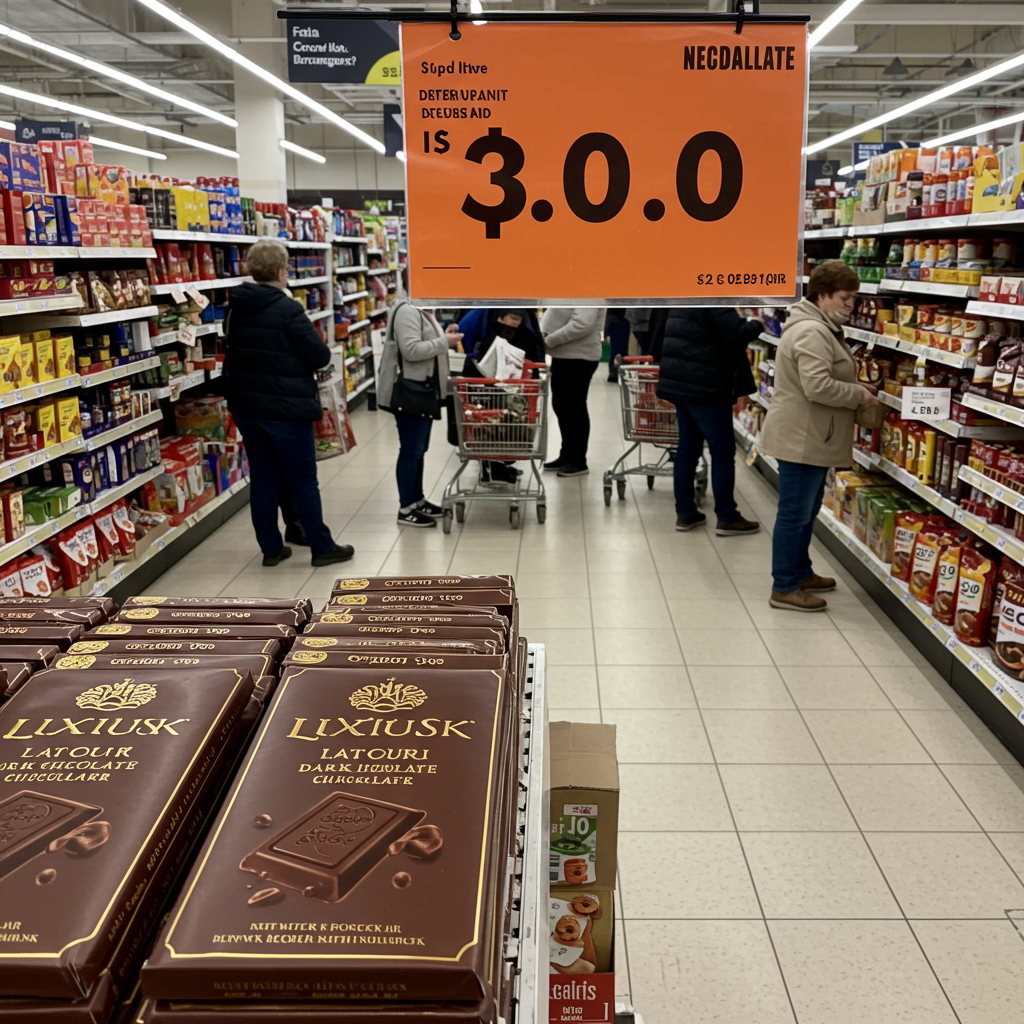The retail industry recently held its breath regarding potential tariffs on goods from vietnam. While facing the absolute worst-case scenario appears averted, a new tentative trade agreement could still significantly impact businesses and consumers alike, potentially chilling spending habits. This complex situation highlights the delicate balance retailers strike in navigating global supply chains and volatile trade policies.
For many retailers, Vietnam has become a crucial manufacturing hub. Over the past decade, major American brands, including apparel and footwear giants like Nike, Gap, and American Eagle, strategically reduced their manufacturing dependence on China. This shift was driven by escalating tariffs and broader geopolitical instability in the region. Seeking alternative sourcing locations, these companies increasingly turned to Southeast Asian nations, with Vietnam emerging as a primary beneficiary.
Vietnam’s Growing Role in Global Supply Chains
Vietnam’s appeal stemmed from its capacity to produce goods at quality and price points competitive with China. Some factories operating there are even owned by Chinese businesses that relocated to mitigate tariff risks. Other nearby countries like Cambodia, Bangladesh, and Malaysia also saw increased sourcing activity, though they faced potential tariffs under previously proposed plans as well.
According to industry trade groups like the American Apparel & Footwear Association, Vietnam is now the second-largest supplier of footwear, apparel, and accessories to the U.S. market. The Footwear Distributors & Retailers of America projects Vietnam could become the largest shoe supplier to the U.S. by 2025. This deepening reliance makes trade terms with Vietnam particularly sensitive for U.S. retailers and importers.
Dodging the Worst-Case Scenario
Earlier proposals from the U.S. administration included a staggering 46% tariff on Vietnamese imports, a rate nearly matching the cumulative duties faced by goods from China (around 55%). Such a high levy would have effectively undone years of strategic diversification efforts by retailers looking to shield themselves from the U.S.-China trade war. One consumer brand CEO described the potential 46% tariff as a “worst case scenario.”
Against this backdrop, President Trump announced a tentative trade deal setting tariffs on Vietnamese goods at 20%. This rate, while doubling the standing 10% duty, is a significant reduction from the threatened 46%. Industry executives expressed a collective “sigh of relief,” acknowledging that 20% is far more manageable than the initially proposed figure. They noted that reaching this agreement also offered hope that similar trade frameworks could be established with other key sourcing countries in the region, like Cambodia, Malaysia, and Bangladesh.
The Nuances of the Tentative Trade Deal
The newly announced agreement introduces a layered approach to tariffs. While the standard rate is set at 20% for Vietnamese goods, a significantly higher 40% tariff will apply to items determined to be “transshipping.” This measure specifically targets goods originating from other countries, particularly China, that are merely routed through Vietnam to evade existing U.S. tariffs through practices like production shifting or “origin washing.”
In return for the adjusted tariff structure, Vietnam has reportedly agreed to eliminate its tariffs on U.S. goods. This includes opening its markets to U.S. products, potentially granting “TOTAL ACCESS” for American exports like SUVs. The U.S. views this deal, and the transshipping tariff, as a strategic move to close loopholes used by China and ensure that tariffs accurately reflect the true foreign content of imported items.
The Inevitable Impact: Higher Prices for Consumers
Despite avoiding the most severe tariff hike, retailers and experts warn that a 20% duty will still have real consequences. Companies typically have tools to mitigate costs, such as negotiating burden-sharing with suppliers. However, to protect profit margins, the bulk of these increased costs are expected to be passed down the supply chain and ultimately onto consumers.
Experts predict that even a 10% tariff could add over $7 to the cost of a $95 pair of shoes made in Vietnam. A 20% tariff would naturally result in an even larger price increase. This isn’t limited to apparel and footwear; companies supplying a range of goods to major retailers like Target, Kohl’s, and Macy’s are also facing increased costs. Paul Cosaro, CEO of Picnic Time, a supplier to these retailers, noted that even a 20% tariff would have been viewed negatively before the 46% threat materialized.
Cosaro highlighted the core issue: higher tariffs translate directly to more money coming out of consumers’ wallets. His own company previously raised prices by 11-14% to counteract China tariffs, demonstrating the direct link between import duties and consumer cost. Economists at Yale estimate that new tariffs could cost the average U.S. household thousands of dollars annually, with lower-income families feeling a disproportionate impact. Less disposable income means reduced consumer spending on non-essential items, impacting a wide range of businesses.
Broader Trade Landscape and Market Reactions
The tentative deal with Vietnam unfolds amidst a complex and often volatile global trade environment shaped by the former administration’s aggressive tariff policies. These policies included a baseline 10% tariff on many imports and higher rates tied to trade deficits, along with efforts to curb practices like currency manipulation and end the “de minimis” trade loophole (allowing duty-free low-value shipments).
Markets reacted sharply to these broad tariff announcements, with significant drops in U.S. stock indexes and warnings from major financial institutions like JPMorgan about increased risks of a global recession. International bodies like the WTO cautioned against potential trade wars and contractions in global commerce. U.S. allies expressed frustration, and countries scrambled to negotiate deals to avoid or lessen the tariff impact before looming deadlines.
While the U.S. has shown some willingness to ease restrictions in specific areas, such as lifting export curbs on certain chip design software and ethane to China following Chinese concessions, the overall landscape remains uncertain. Negotiations with other key partners like Japan and the European Union continue to face challenges, highlighting the intricate balancing act involved in recalibrating global trade relationships and supply chains.
The Path Forward Remains Unclear
Even with the relief of avoiding the 46% rate, the 20% tariff on Vietnamese goods, coupled with the 40% rate on transshipped items, represents a new cost burden for retailers. How effectively companies can absorb or pass on these costs, and how consumers will react to potential price hikes, are significant questions.
The timing for the implementation of the tentative Vietnam deal is also unclear, adding another layer of uncertainty. As retailers and manufacturers continue to diversify sourcing away from traditional hubs, the stability of trade relationships with countries like Vietnam, Cambodia, Bangladesh, and Malaysia will be critical. The market impact observed in various sectors, from luxury goods and automotive to small businesses, underscores the widespread consequences of these ongoing trade policy shifts.
Frequently Asked Questions
What are the new U.S. tariff rates on Vietnamese goods under the tentative deal?
Under the proposed agreement, the standard tariff rate on goods imported from Vietnam to the U.S. would be 20%. However, a higher tariff of 40% is planned for goods identified as being transshipped through Vietnam but originally from other countries, primarily aimed at preventing the evasion of tariffs on goods from China.
Why is Vietnam so important for U.S. retailers’ supply chains now?
Vietnam has become a key manufacturing and sourcing destination for many U.S. retailers, particularly in the apparel and footwear sectors. This growth accelerated as companies sought to reduce their reliance on China due to rising tariffs and geopolitical concerns. Vietnam offers competitive production quality and pricing, making it a strategic alternative location for global supply chains.
How could these tariffs affect prices for U.S. shoppers?
Higher tariffs on Vietnamese imports are expected to lead to increased prices for consumers. While retailers may try to absorb some costs or negotiate with suppliers, many will need to raise prices to maintain profit margins. Experts suggest that even a 10% tariff can significantly increase the cost of goods like shoes, and a 20% rate will result in larger price hikes across affected products. This could reduce consumer spending.
Conclusion
The tentative trade deal with Vietnam offers U.S. retailers a degree of relief by avoiding the most punitive tariff levels. However, the planned 20% duty, coupled with the higher rate for transshipped goods, still poses a significant challenge. Businesses must now navigate increased costs that are likely to translate into higher prices for consumers. This situation underscores the ongoing volatility in global trade and its direct impact on both corporate strategies and household budgets. The coming months will reveal how these tariff adjustments influence consumer spending and shape the future of international sourcing.



